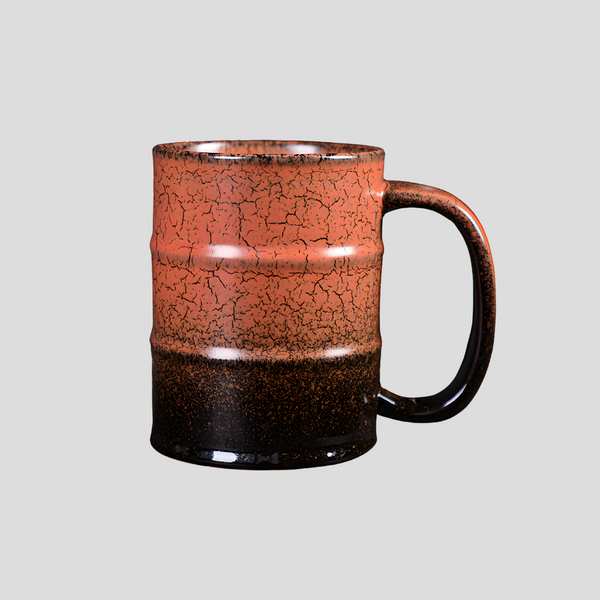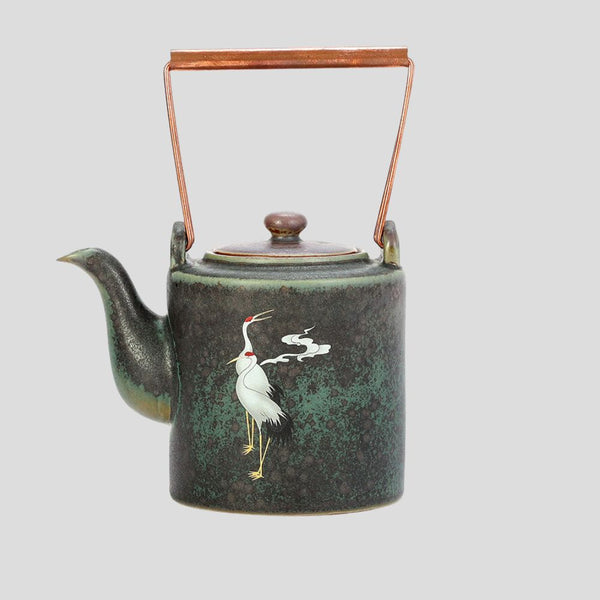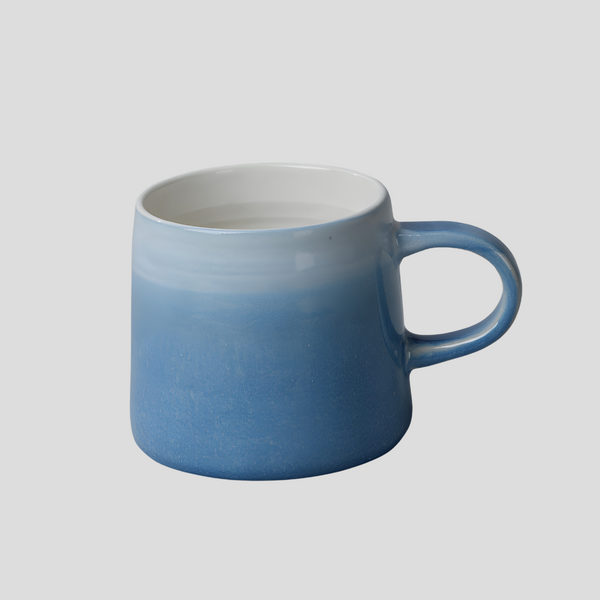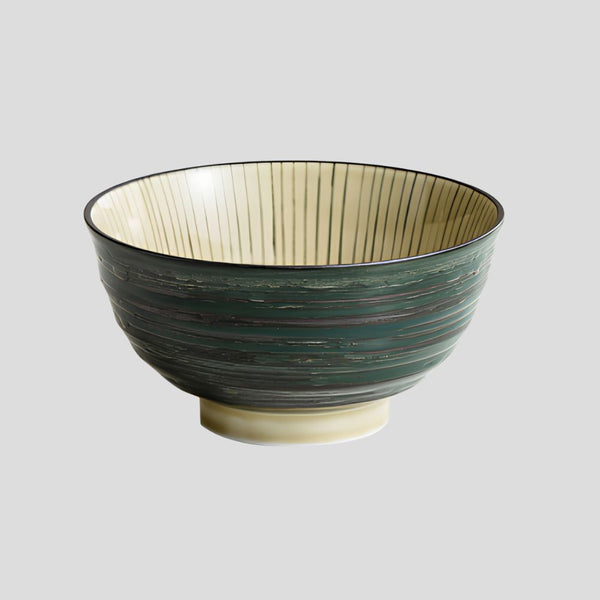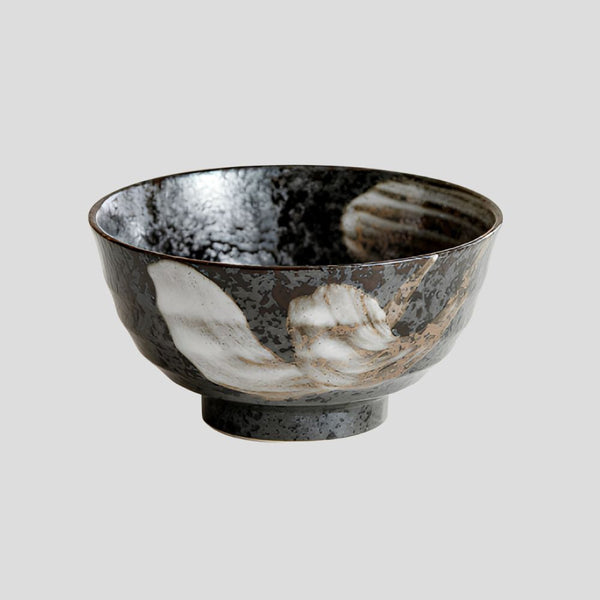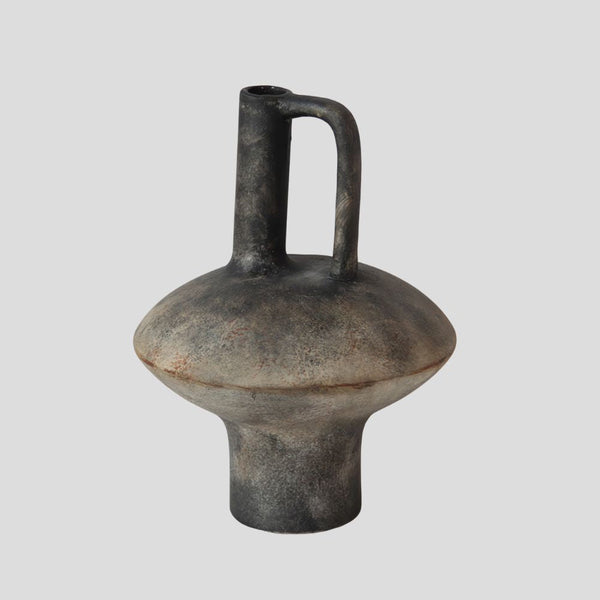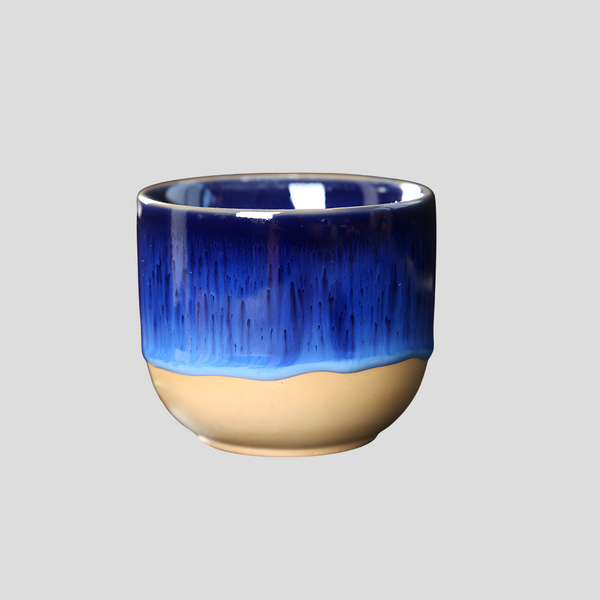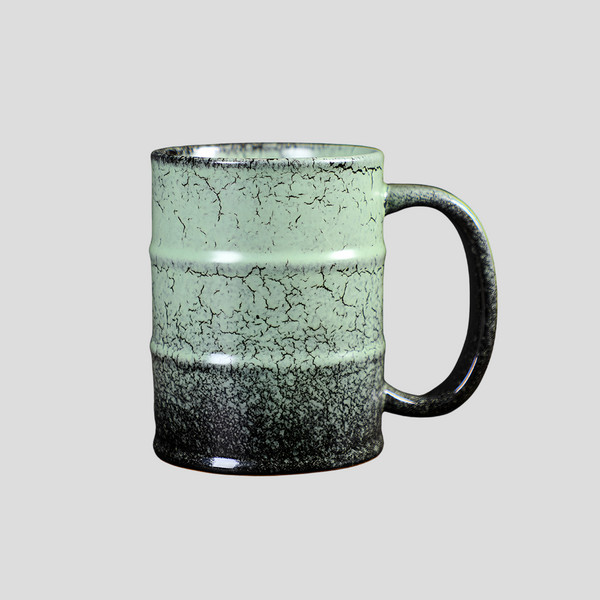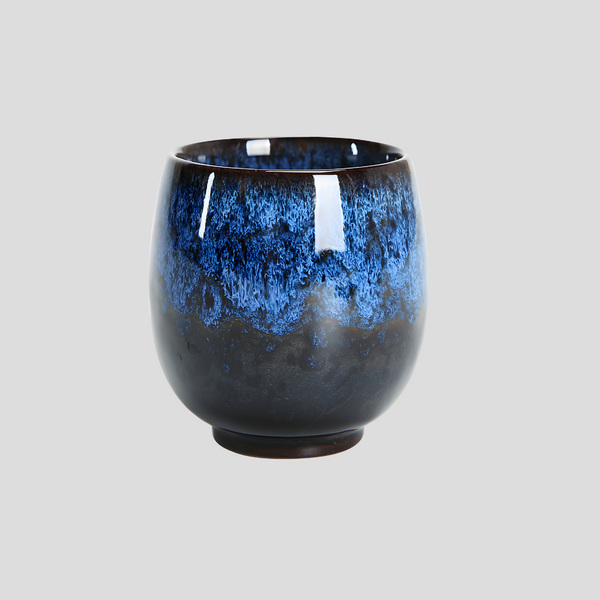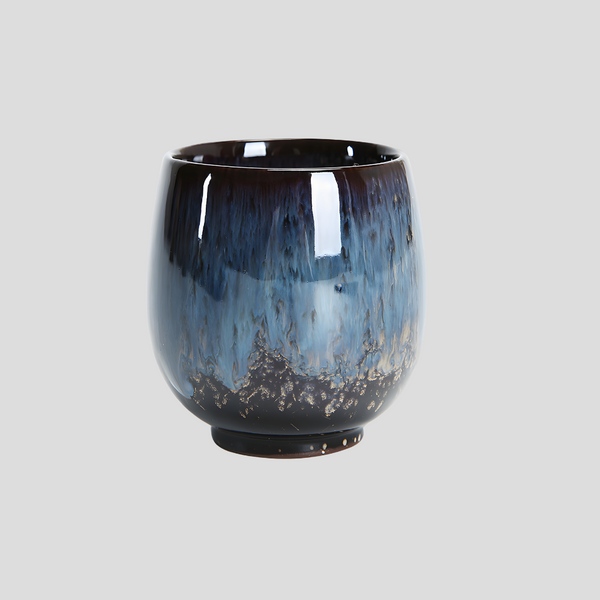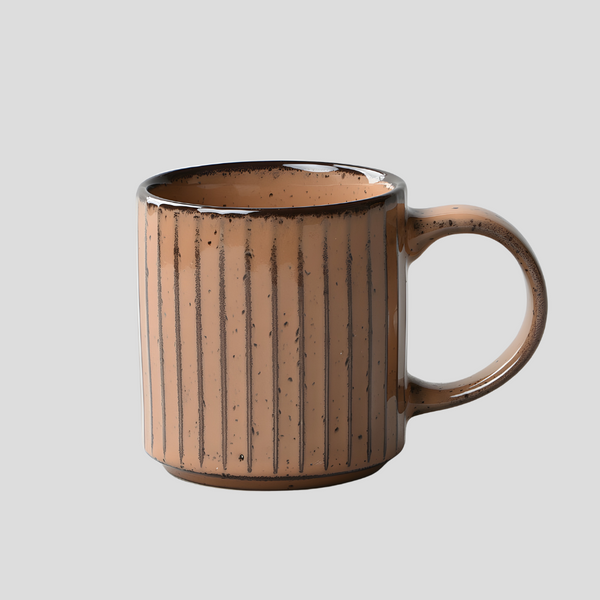
Exploring the Art of Yamasan Pottery in Japan
The artistic and cultural landscapes of Japan are rich and diverse, with pottery and ceramics holding a special place. Among the myriad styles of pottery that Japan is home to, Yamasan Pottery distinguishes itself with its unique characteristics, intricate designs, and the story behind its inception and development. Understanding Yamasan Pottery requires a journey into its historical background, artistic nuances, and its standing in contemporary Japanese culture. Yamasan Pottery, also known as Yamasa Ware, has its roots deep in the history of Japanese ceramics, dating back to several centuries ago. Born in the small town of Yamasa, located in one of Japan’s traditional pottery hubs, this style evolved through generations of potters who dedicated their lives to refining their craft. Historically, Yamasan Pottery began as utilitarian ware, intended for everyday use by the local populace. However, over time, it metamorphosed into an art form, gaining recognition far beyond its humble beginnings. What sets Yamasan Pottery apart is its distinct aesthetic appeal, characterized by a harmonious blend of natural elements and traditional craftsmanship. The earthy tones, often accentuated by the use of natural glazes, reflect the inherent beauty of the raw materials used. A hallmark of Yamasan ware is the intricate patterns and motifs inspired by nature, showcasing the artists’ deep connection with their surrounding environment. Moreover, the pottery pieces often exhibit a unique texture, achieved through various traditional techniques such as hand-shaping and wood firing, which imbue each piece with a distinct personality. The creation of Yamasan Pottery is an intricate process that demands precision, patience, and a deep understanding of the craft. It begins with the careful selection of clay, which is then shaped, either on a wheel or by hand, depending on the intended design. Following shaping, the pieces are left to dry, a step that requires close attention to temperature and humidity to prevent cracking. Next comes the bisque firing, after which artisans apply glazes. The final and most crucial step is the high-temperature firing in a wood-fired kiln, a technique that contributes significantly to the pottery’s distinct aesthetic qualities. This process not only hardens the ware but also allows the natural glazes to react, creating unpredictable and unique colorations and textures. Today, Yamasan Pottery continues to hold a place of reverence both within Japan and internationally. It is celebrated not only as a functional art form but also as a bearer of Japanese cultural heritage. Artisans are increasingly experimenting with new designs and techniques, pushing the boundaries of traditional Yamasan aesthetics while staying true to its core principles. This adaptability has helped keep the art form vibrant and relevant in the modern world. Moreover, the appreciation of Yamasan Pottery extends beyond collectors and connoisseurs; it has also found a place in contemporary homes and spaces, admired for its beauty and craftsmanship. The legacy of Yamasan Pottery is a testament to the enduring appeal of Japanese ceramics. Its evolution from functional ware to revered art form illustrates the profound respect for craftsmanship and tradition that permeates Japanese culture. For enthusiasts and collectors worldwide, Yamasan Pottery represents not just an art form, but a philosophical embrace of nature, simplicity, and the beauty of imperfection. As we explore the art of Yamasan Pottery, we delve into the depths of Japanese heritage, uncovering stories of creativity, resilience, and the unbreakable bond between humans and the earth.Exploring the Art of Yamasan Pottery in Japan
Historical Background
Artistic Nuances
The Making Process
Contemporary Significance
Conclusion

